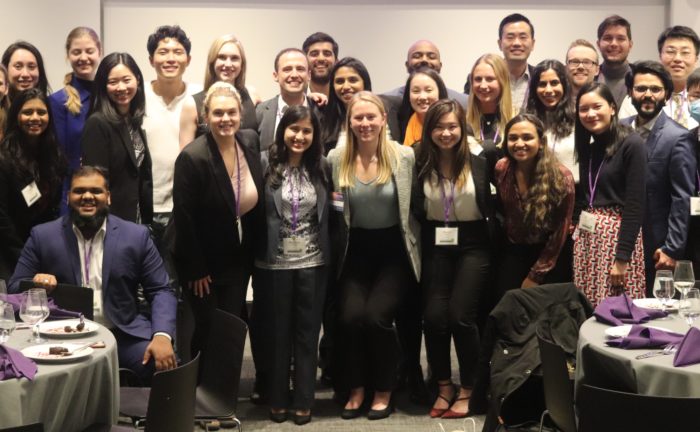
Learning from the 2022 Healthcare Case Competition
Last weekend we hosted the 19th annual Kellogg Biotech and Healthcare Case Competition, sponsored by Moderna. It was a terrific event. More than sixty teams applied and eleven gathered in Evanston for the final round. It was an in-person competition, complete with masks and vaccination cards and tests. It would have been easy to take the event to Zoom, but we decided to go in-person and I think everyone involved was happy with the decision.
I was struck by a few things.
Products Need to Provide Compelling Benefits
Perhaps the most important marketing insight is simple: products need to offer compelling benefits to customers. Most important, the benefits have to out-weigh the costs. These costs might include price, inconvenience, and pain.
In the case competition this year, teams had to analyze the launch of two cholesterol lowering medications: Repatha and Praluent. Both products are remarkably effective at lowering cholesterol levels with the potential to save many lives. However, they have received little use.
Why?
The benefits just aren’t compelling for most people. High cholesterol is asymptomatic, and the risk of a heart attack is not an immediate problem for most people. For patients, lowering cholesterol is good, but not essential. The same applies to many physicians when it comes to their patients. It is an important thing to do but it isn’t critically urgent.
Repatha and Praluent require injections every two weeks. This is inconvenient and painful. The products came out at a high price, so payers created barriers to access making it difficult and expensive for patients to get the drugs.
It isn’t really complicated: products sell when the benefits are larger than the costs.
I know one of the few people who takes Repatha, mainly because they have poor circulation and are worried about losing a limb. Lowering cholesterol levels might help circulation. Reducing the chance of losing a foot, or leg, is a compelling benefit.
Presenting Tips
Teams presented to a panel of judges. Several things struck me as I saw the presentations.
The Start
You always want to ease into a presentation, so the first few slides should be an agenda and an executive summary. If you get right into the heart of a presentation, your audience is likely to be confused and disoriented. Where are we going, anyway? Why does this information matter?
Some teams did this exceptionally well. Others stumbled by skipping the early pages.
Placement
Many teams presented with everyone lined up across the front of the room. This is just not the best approach.
When giving a presentation, you want your audience to focus on your presenter. That person should be the center of the action. Everyone else should be off to the side. When shifting to the next person, one person walks off and the other walks in.
People who aren’t presenting contribute nothing when standing in front of the room. In many cases, they detract, because they look awkward or bored. If nothing else, the audience might admire their shoes or watch. This is just a distraction.
Zoom
Zoom works! The winning team from Wharton had several people presenting remotely. This hybrid approach worked – the team elegantly pivoted from the in-room presenter to the Zoom presenter and back.
The Zoom presenters did a particularly good job, looking right at the camera and projecting energy.
While the presentation was effective, I suspect the people who didn’t make it to the event had a much less impactful and memorable experience.
Networking vs Purposeful Interaction
I’ve always found networking to be difficult. You meet someone, learn something about them, and that is it. The relationship doesn’t usually lead anywhere significant.
Purposeful interaction – working with someone on a project – is very different. When you are on a team, there is a reason for you to be together. You share insights and learning. You have a common experience.
I suspect the participants in the competition got to know their peers very well, and formed relationships that will last a long time. The judges, too, worked together in a common task.
When expanding your network, don’t worry about networking. Instead, look for opportunities to work with other people.
Comments RSS Feed